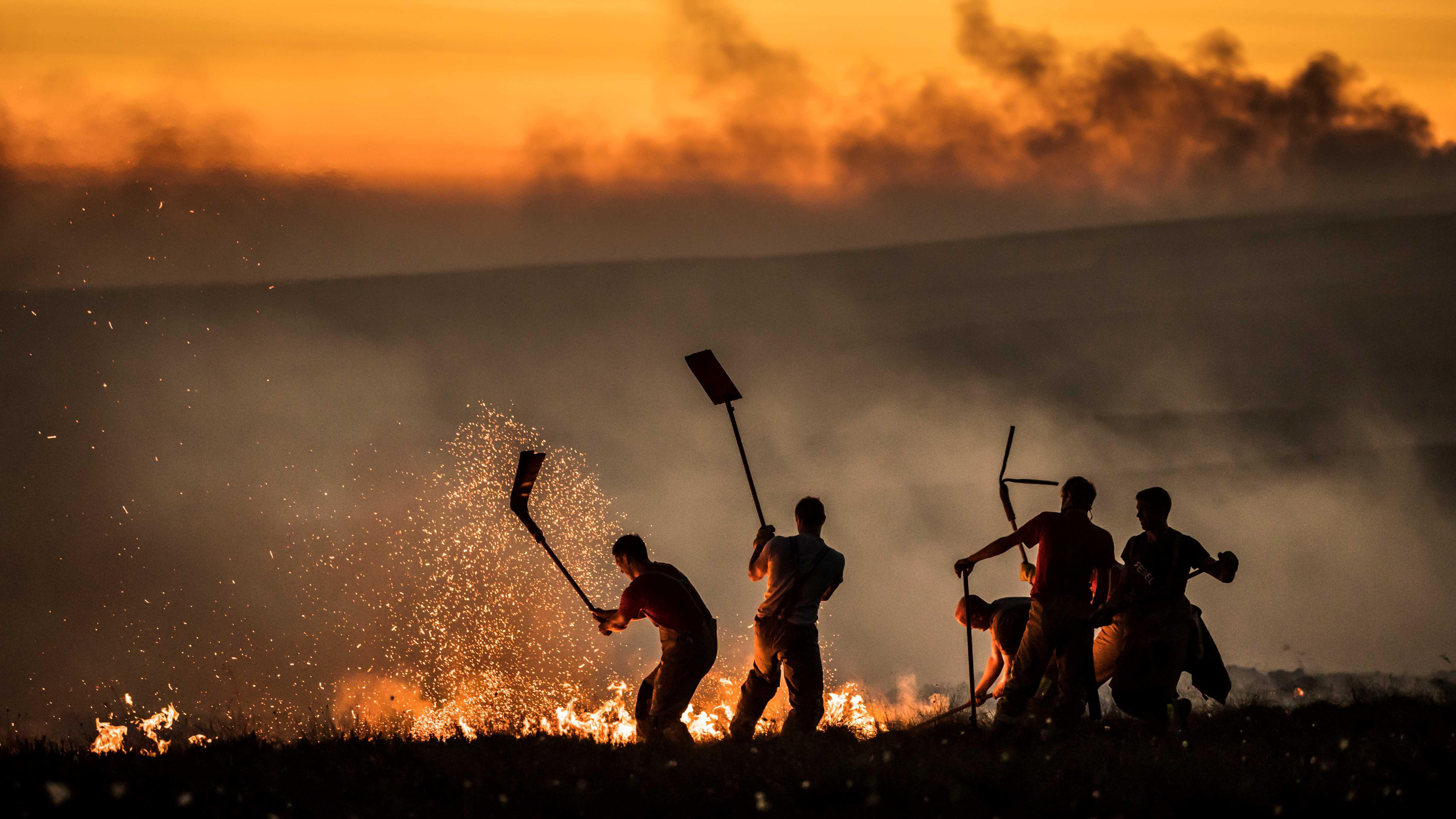HTML The comprehensive quest for a missing American trekker in the challenging Pyrenees landscape has concluded with rescuers finding a body. This confirmation delivers a final, albeit sorrowful, conclusion to a lengthy mission that covered the dangerous mountainous region. The occurrence emphasizes the significant risks associated with hiking alone and the relentless reality of the globe’s toughest terrains. It also showcases the untiring and frequently risky efforts made by search and rescue teams.
The search operation itself was a testament to international cooperation, with French and Spanish authorities working in tandem to comb through a vast, unforgiving expanse of territory. The Pyrenees, a natural border between the two nations, are characterized by steep, rocky slopes, dense forests, and unpredictable weather patterns. Teams utilized a combination of ground searchers, specialized rescue dogs, and helicopter units to cover as much ground as possible. The operation transitioned from a hopeful rescue to a grim recovery mission as time passed with no sign of the missing individual.
The tale of the lost hiker starts with a solo adventure into a scene of stunning beauty yet great danger. Although the precise circumstances surrounding the person’s vanishing are still under investigation, it is thought that they were an avid and seasoned outdoor lover. This situation highlights an essential lesson for every adventurer: even the most knowledgeable and equipped explorers can succumb to the unforeseeable powers of nature. The mountains, with their abrupt weather changes and concealed risks, require continual awareness and reverence.
The Pyrenees, while a popular destination for hikers and climbers, are not a playground. The range’s challenging topography and rapidly changing weather conditions can quickly turn a planned excursion into a survival situation. Sudden temperature drops, unexpected snowfall, and heavy fog can disorient even the most seasoned mountaineers, leading to a loss of direction. The steep gorges and loose rock can also create treacherous footing, with a single misstep having potentially fatal consequences. These unique risks make rescue operations in the area particularly difficult and time-sensitive.
For search and rescue teams, the work is both physically and emotionally demanding. The initial phase of a mission is driven by a race against time, with the hope that the individual is still alive and awaiting help. As the days wear on and the weather takes its toll, that hope often dwindles, and the nature of the work changes from rescue to recovery. These dedicated professionals face their own risks, navigating dangerous terrain and harsh conditions to fulfill their mission. Their commitment to bringing closure to families is a solemn and integral part of their duty.
Este desastre forma parte de una tendencia global más amplia de percances durante el senderismo y la escalada, una realidad aleccionadora para una comunidad que valora la naturaleza. Aunque estos eventos son pocos en comparación con los millones de personas que disfrutan del aire libre de manera segura cada año, cada incidente actúa como un estudio de caso crucial. Nos recuerda la importancia de seguir los protocolos de seguridad, sin importar nuestro nivel de experiencia. Resalta la necesidad de que todos los aventureros sean autosuficientes y estén preparados para el peor de los casos.
Modern advancements have equipped hikers with a variety of gadgets beneficial in emergencies. Devices like GPS-equipped personal locator beacons (PLBs) and satellite phones can be crucial for survival. Nevertheless, this incident and similar situations highlight that technology cannot substitute wise decision-making and comprehensive knowledge of the landscape. Despite having top-notch gear, hikers should make informed choices, remain on designated paths, and recognize when to retreat. Technology serves as assistance, not an assurance of security.
The emotional consequences of such a tragedy reach beyond the close family members. It is profoundly experienced by the closely bonded group of search and rescue experts, who typically have strong emotional ties to the results of their operations. Additionally, it spreads sorrow through the worldwide hiking community, acting as a stark and painful reminder of the fine line separating an exciting adventure from a tragic incident. It is a collective sorrow for a fellow enthusiast who did not come back from an expedition.
In light of such a serious finding, attention turns to the operational and research procedures. Local officials will formally verify the person’s identity, inform their relatives, and carry out an inquiry to ascertain the precise reason behind the death. This procedural stage is essential to offer resolution and derive insights from the unfortunate incident. The collected data can also contribute to enhancing future safety measures and rescue strategies, making sure the loss has meaning.
The grim outcome of this quest serves as a reflection of the intricate and often paradoxical essence of outdoor exploration. The attraction of the mountains lies in both their daunting nature and captivating beauty, offering a chance to push one’s boundaries against the sheer force of the natural world. Nevertheless, with that beauty comes an undeniable and inherent danger. This event, though tragic, strongly emphasizes that respect, preparation, and a steadfast focus on safety are the most vital instruments in any trekker’s kit.



